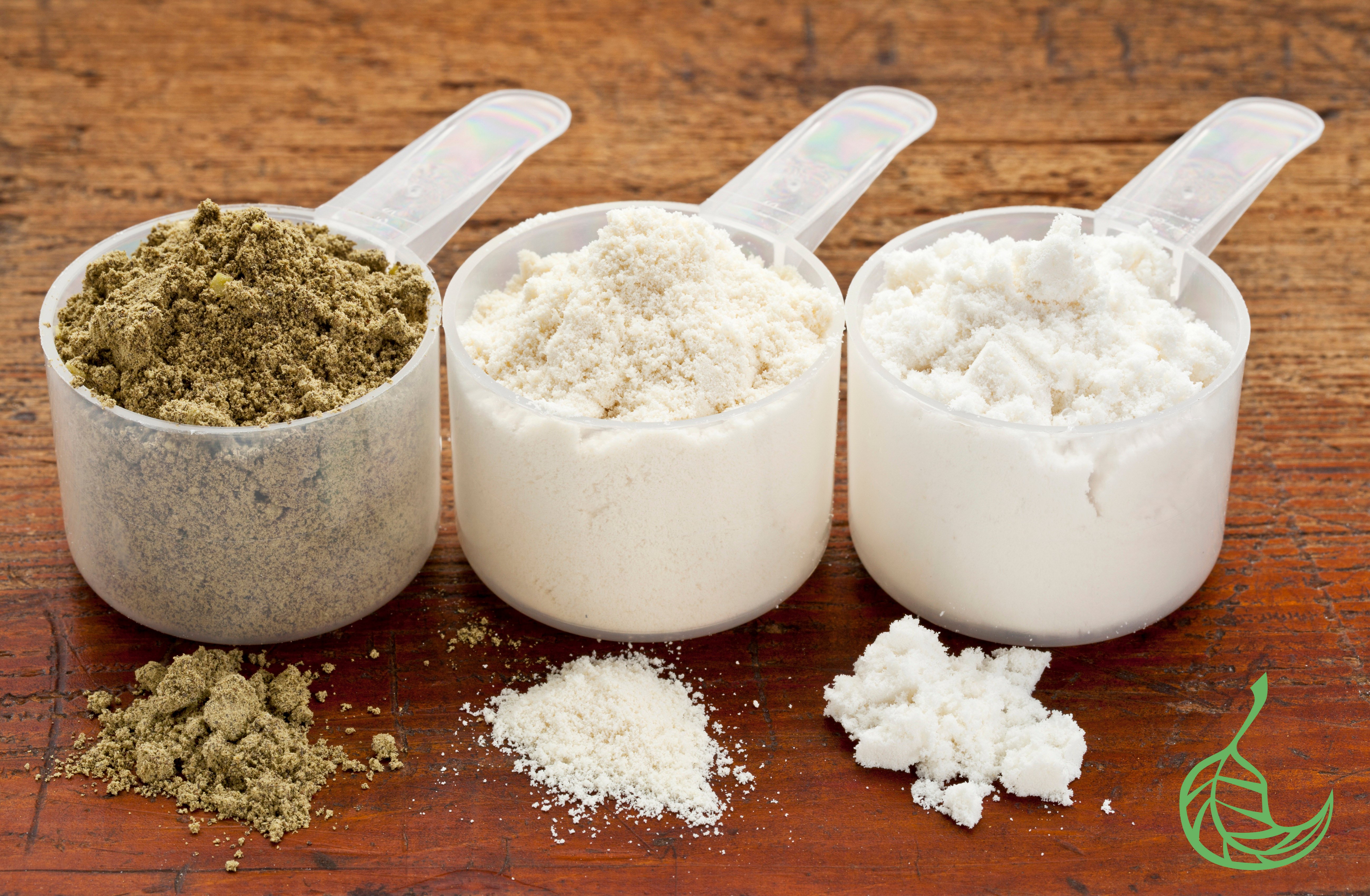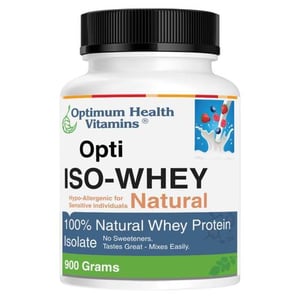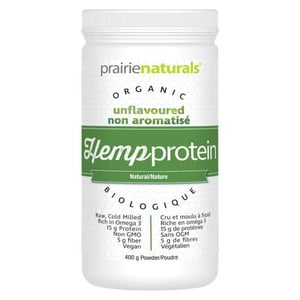 It is remarkable how much people know about vitamins, minerals and various herbs without knowing a lot about basic nutrition and understanding what their bodies need at every meal to maintain wellness. With the plethora of fad diets and misinformation about nutrition on the market, it is time to get back to the basics. This month we will be discussing types of protein supplements, and the indications for individual amino acids.
It is remarkable how much people know about vitamins, minerals and various herbs without knowing a lot about basic nutrition and understanding what their bodies need at every meal to maintain wellness. With the plethora of fad diets and misinformation about nutrition on the market, it is time to get back to the basics. This month we will be discussing types of protein supplements, and the indications for individual amino acids.
3 Popular Types of Protein Supplements
There are a multitude of choices on the market when it comes to supplementing protein sources, just as there are a multitude of reasons for supplementing with protein. Whether you are working out a lot, can’t seem to get enough of the good stuff in your diet or you’re living a low-protein lifestyle (i.e. Vegan or vegetarian), you will want to consider choosing a high-quality protein supplement to fit your needs.
WHEY
 There is no “whey” you haven’t heard about this protein source as it is all over health food stores and sports supplement retailers. Often thought to be “just a bodybuilding” product, whey actually offers a healthy alternative to meat or grain sources of protein. Whey is a mixture of globular proteins isolated from the liquid that remains after milk has been curdled and strained for making cheese. Globular protein refers to the chemical structure of a protein and the fact that it is more or less soluble in aqueous solutions. Unlike the other major protein family (fibrous), globular proteins from whey can act enzymatically (thereby catalyzing organic reactions in an organism), hormonally (thereby regulating normal biological processes), transportationally (thereby assisting other molecules across the cell membrane), infrastructurally (thereby stockpiling stores of usable amino acids and supplying raw materials for vital functions such as hemoglobin), and immunologically.
There is no “whey” you haven’t heard about this protein source as it is all over health food stores and sports supplement retailers. Often thought to be “just a bodybuilding” product, whey actually offers a healthy alternative to meat or grain sources of protein. Whey is a mixture of globular proteins isolated from the liquid that remains after milk has been curdled and strained for making cheese. Globular protein refers to the chemical structure of a protein and the fact that it is more or less soluble in aqueous solutions. Unlike the other major protein family (fibrous), globular proteins from whey can act enzymatically (thereby catalyzing organic reactions in an organism), hormonally (thereby regulating normal biological processes), transportationally (thereby assisting other molecules across the cell membrane), infrastructurally (thereby stockpiling stores of usable amino acids and supplying raw materials for vital functions such as hemoglobin), and immunologically.
A lot of people are confused when it comes to figuring out which whey protein powder to purchase – Isolate vs. Concentrate. When whey is first removed from processing, it still contains the lactose (sugar) and fat. That’s why whey is then filtered and processed: to remove most of the lactose and fat. If you’ve ever heard of microfiltration or "ion exchange," those are simply methods of separating the fat and lactose from the protein. The end result is a more concentrated protein – either concentrate or isolate (which is what you want).
The primary difference between isolate and concentrate is that the isolate is more pure. In other words, isolate contains more protein with less fat and lactose per serving. Based on whose figures you go by, whey isolate usually contains between 90-100% protein while whey concentrate has a protein ratio of 70-85%. Whichever one you decide to go with, make sure you pick a clean product, free of nasty ingredients like artificial sweeteners.
HEMP
 Perhaps one of the greatest food all-stars, Hemp has been used for centuries in everything from food, to textiles, paper, fabric, and fuel oil. Hemp foods come from the same plant species as marijuana (Cannabis sativa l.), but from a special variety that contains virtually no THC (tetrahydrocannabinol), the chemical that triggers marijuana's psychoactive effects. Hemp Protein Powder is produced when whole hemp seeds are cold-pressed to expel the oil, leaving behind a dry “cake,” as opposed to “Hemp Bits” which are unprocessed and therefore less concentrated in protein. This cake is then milled at low temperatures to remove some of the fibre and produce a concentrated form of protein, providing essential fatty acids, antioxidants, vitamins, minerals, fibre, chlorophyll and a complete, balanced gluten-free source of the essential amino acids.
Perhaps one of the greatest food all-stars, Hemp has been used for centuries in everything from food, to textiles, paper, fabric, and fuel oil. Hemp foods come from the same plant species as marijuana (Cannabis sativa l.), but from a special variety that contains virtually no THC (tetrahydrocannabinol), the chemical that triggers marijuana's psychoactive effects. Hemp Protein Powder is produced when whole hemp seeds are cold-pressed to expel the oil, leaving behind a dry “cake,” as opposed to “Hemp Bits” which are unprocessed and therefore less concentrated in protein. This cake is then milled at low temperatures to remove some of the fibre and produce a concentrated form of protein, providing essential fatty acids, antioxidants, vitamins, minerals, fibre, chlorophyll and a complete, balanced gluten-free source of the essential amino acids.
Many plant proteins are labeled "incomplete" proteins as a result of the low amounts of one or more of the nine essential amino acids. Truth be told, the "incomplete" label is somewhat misleading as all plant proteins do contain each of the essential amino acids. But in most cases, levels of one or more amino acid are insufficient for human needs. However, hemp protein supplies enough of each of the essential amino acids to contribute to the human body’s requirements. In fact, an important aspect of hemp protein is that it is a quality source of the amino acids arginine and histidine, both of which are important for growth during childhood, and of the sulphur-containing amino acids methionine and cysteine, both of which are needed in the production of vital enzymes.
Hemp protein powder also contains relatively high levels of the branched-chain amino acids that are crucial in the repair and growth of lean body mass, making a hemp protein shake after a workout a worthwhile investment. Almost two-thirds of hemp protein is made up of edestin, a globulin protein found only in hemp seeds. This makes hemp the superior source for this protein in the plant kingdom. Edestin is a type of plant protein that is similar to protein found in the human body, and thus is perfectly suited to aid in meeting the body’s cellular needs such as DNA repair.
RICE
You may be used to thinking of rice as a carbohydrate, but like many other grains, it does have amino acids that make up proteins. In special processes, brown rice is treated with enzymes that cause separation between carbs and proteins. These enzymes are considered vegan and the processing of rice in this manner is considered a “raw food” technique. The result is usually made into rice protein powder, which may be flavoured or not, and can be added to a variety of foods. The main appeal of rice protein is that most people digest it very well, with very few allergic reactions to it. It is a complete protein, but is low in the essential amino acid isoleucine.
AMINO ACIDS
Non-Essential
L-Arginine: L-arginine-rich foods include plant and animal proteins, such as dairy products, meat, poultry, fish, and nuts. Necessary for the production of protein, L-arginine also helps rid the body of ammonia (a waste product) and stimulates the release of insulin. In addition, L-arginine is used to make nitric oxide (a compound that relaxes the blood vessels), resulting in vasodilation and decreased blood pressure. Because of its effect on circulation, arginine is often used as a libido helper and sensitivity enhancer.
Alanine: As an amino acid, alanine is used by the body as a building block of protein. Alanine plays a major role in transferring nitrogen from tissue sites in the body, to the liver. Alanine is also used by the body to draw upon blood sugar as an energy source, making its many forms popular in sports supplements.
Asparagine: The central nervous system relies on this amino acid for maintenance, proper functioning, and overall chemical balance in the brain. Asparagine assists us in maintaining our equilibrium and prevents us from extreme mood swings; either being to overly anxious/nervous, or being too calm. Physically, asparagine is responsible for amino acid transformation and its associated processes, all of which take place in the liver. It is able to do this because metabolism is achieved when asparagine is converted back into aspartic acid, releasing energy for these important processes. Asparagine is also a precursor for the synthesis of RNA, DNA, and ATP (energy). Other asparagine process include; antibody functioning, conversion of aspartate for cellular function, collagen assembly of enzymatic activity, and cell-to-cell recognition.
Aspartic Acid: In medicine, it is used as ammoniac detoxicating agent. hepar function accelerator and fatigue refresher. Aspartic acid is one of two acidic amino acids (aspartic acid and glutamic acid) which play important roles as general acids in enzyme active centers, as well as in maintaining the solubility and ionic character of proteins.
Cysteine: This amino acid is important in detoxification and in the formation of skin, as well as the repair of hair and nail tissue. It is used in producing antioxidants and protects the brain and liver from damage due to the consumption of alcohol, drugs, cigarette smoke, and radiation. Other benefits include reducing the effects of aging on the body. It also promotes healing of severe burns, fat burning and helps build muscle, while promoting the activity of white blood cells and helping the immune system.
Glutamine: Glutamine is not just any amino acid, it is the most abundant amino acid in our body - and highly concentrated in our muscles. Glutamine has recently been re-classified as a conditionally essential amino acid. This means that while the body can make glutamine, there are times when the body's need for glutamine is greater than its ability to produce glutamine.
• Increase Protein synthesis (which leads to increased muscle mass)
• Increase nitrogen retention
• Decrease muscle breakdown
• Decrease recovery time needed after a workout
• Enhance immune functions
• Repair of the intestinal wall
Glutamic Acid: One of the most common amino acids as well as the primary "food" for our brains, glutamic acid appears to support mental functioning. It's even been shown to help boost intelligence in some cases as well as potentially enhance mental alertness, clarity of thinking, and mood. Plus, it helps remove ammonia from the body while boosting levels of powerful antioxidants, helping detoxify our bodies.
Glycine: Glycine is the simplest of all amino acids required for protein synthesis in the body. Research supports a role for glycine in supporting a wide range of bodily structures and functions, including release of somatotropin (human growth hormone), memory function, healthy thought patterns, collagen synthesis, normal cell growth and development, glucose metabolism after a carbohydrate load, and preventing unhealthy angiogenesis (blood vessel formation).
Proline: Proline is an amino acid needed for the production of collagen and cartilage. It keeps muscles and joints flexible and helps reduce sagging and wrinkling that accompany UV exposure and normal aging of the skin. Proline helps the body break down proteins for use in creating healthy cells in the body. It is absolutely essential to the development and maintenance of healthy skin and connective tissues, especially at the site of traumatic tissue injury.
Serine: This amino acid is synthesized from glycine and is necessary for the production of the myelin sheath. Without serine, the myelin sheaths could fray and become less efficient at delivering messages between the brain and nerve endings in the body, essentially short circuiting mental function. Serine helps form the phospholipids needed to make every cell in your body. It is also involved in the function of RNA and DNA, fat and fatty acid metabolism, muscle formation, and the maintenance of a healthy immune system.
Tyrosine: Tyrosine is a nonessential amino acid the body makes from another amino acid called phenylalanine. It is a building block for several important neurotransmitters, including epinephrine, norepinephrine, and dopamine. Neurotransmitters help nerve cells communicate and influence mood. Tyrosine also helps produce melanin (the pigment responsible for hair and skin color) and helps in the function of organs responsible for making and regulating hormones, including the function of the adrenal, thyroid, and pituitary glands. It is involved in the structure of almost every protein in the body.
Essential
Leucine, Isoleucine and Valine: These amino acids are collectively known as Branched Chain Amino Acids because of their structure. These are particularly unique because they are metabolized directly in the muscle, rather than in the liver. Most commonly used by athletes to prevent catabolization of the muscle, BCAA’s also help with endurance, prevent muscle fatigue and general strength.
Lysine: This amino acid is most commonly used to help with the prevention and treatment of herpes outbreaks including cold sores, chicken pox, and shingles. It is also important for proper growth, and it plays an essential role in the production of carnitine, a nutrient responsible for converting fatty acids into energy and helping to lower cholesterol. Lysine appears to help the body absorb calcium, and it plays an important role in the formation of collagen, a substance important for bones and connective tissues including skin, tendon, and cartilage.
Threonine: Threonine is a main component in forming proteins, collagen, elastin and tooth enamel. It is also crucial for the production of neurotransmitters and overall health of the nervous system. Research has shown that L-threonine plays an important role in the production of antibodies and in providing overall immune system support.
Tryptophan: Tryptophan may enhance relaxation and sleep, relieves minor premenstrual symptoms, soothes nerves and anxiety, and reduces carbohydrate cravings. Tryptophan is important for the production of serotonin. Serotonin is one of the key brain chemicals involved in regulating mood. When depression occurs, there may be a decreased amount of serotonin released from nerve cells in the brain. By increasing the amount of serotonin in the blood, tryptophan may increase serotonin’s antidepressant effects. Tryptophan is only used in combination with other antidepressant therapy.
Methionine: Methionine is a sulfur-containing essential amino acid and was first isolated in 1922 from casein and belongs to a group of compounds called lipotropics - the others in this group include choline, inositol, and betaine. It is important in the process of methylation where methyl is added to compounds as well as being a precursor to the amino acids cysteine and cysteine. It assists in the breakdown of fats and thereby prevents the build-up of fat in the arteries, as well as assisting with the digestive system and removing heavy metals from the body since it can be converted to cysteine, which is a precursor to glutathione, which is of prime importance in detoxifying the liver. And finally, it is also one of the three amino acids needed by the body to manufacture creatine monohydrate, a compound essential for energy production and muscle building.
Phenylalanine: Phenylalanine is found in three forms: L-phenylalanine, the natural form found in proteins; D-phenylalanine (a mirror image of L-phenylalanine that is made in a laboratory), and DL-phenylalanine, a combination of the two forms. The body changes phenylalanine into tyrosine, another amino acid that's needed to make proteins, brain chemicals including L-dopa, epinephrine, and norepinephrine, and thyroid hormones. Because norepinephrine affects mood, different forms of phenylalanine have been proposed to treat depression. Symptoms of phenylalanine deficiency include confusion, lack of energy, depression, decreased alertness, memory problems, and lack of appetite.
Histidine: L- histidine is most often recognized as a precursor to the allergy symptom producing hormone histamine. Both histidine and histamine have essential roles in our biochemistry. Histamine is well known for its role in stimulating the inflammatory response of skin and mucous membranes such as those that we experience when we have cold or flu symptoms. The inflammatory action of histamine is essential for the protection of these barriers during an acute infection. L-histidine is essential in forming many metal bearing enzymes and compounds, examples being the red blood cell hemoglobin, antioxidant super oxide dismutase, the iron uptake regulation protein -FUR, the iron storage protein ferritin, the copper storage and iron metabolism cofactor cerulplasmin, and important enzymes dependent on L-histidine being available for formation and function. Metals such as copper, zinc, and nickel are transported by binding with L-histidine, and such binding appears essential for rapid excretion of excess metal. Persons contaminated with heavy metals, suffering from chronic seasonal allergies, or following a low histidine diet are most susceptible to body depletion of adequate histidine stores - creating the possibility of mineral-enzyme deficiencies.
Disclaimer: The above information is provided for informational purposes only and is not intended to replace the advice of your physician.

